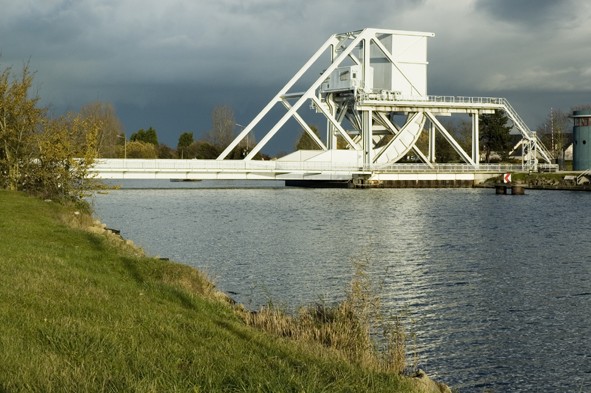In the early hours of 6 June 1944, three airborne divisions were launched to secure the flanks of the Allied landings on the beaches of Normandy. To the east, the British 6th Airborne Division under Major-General Richard Gale was dropped behind the German coastal defences, as part of Operation Tonga. The main objective of this operation was to gain control of the area between the Orne and Dives rivers. To begin with the parachutists had to capture two tactically important bridges crossing the Orne River and the Caen Canal. The bridges were taken after a few minutes of intensive fighting following the landing of five gliders close by. The next objective was to destroy a number of bridges over the Dives river in order to stop or delay possible German counter attacks. That night, thick clouds obstructed visibility for the pilots and a strong easterly wind scattered the paratroopers over a large area. However, the arrival of heavy equipment by gliders ran relatively well and the bridges were destroyed. Finally, the 6th Airborne Division had to neutralize the German artillery battery of Merville, a supposed threat to the British troops landing on Sword Beach at dawn. The battery was disabled after a fierce fighting resulting in a casualty rate of 50%. Despite unfavourable landings all the objectives of Operation Tonga had been achieved when day broke on 6 June, and around midday British units landed on Sword Beach joined up with the paratroopers at Bénouville. But Major General Gale’s 6th Airborne division paid a high price.
